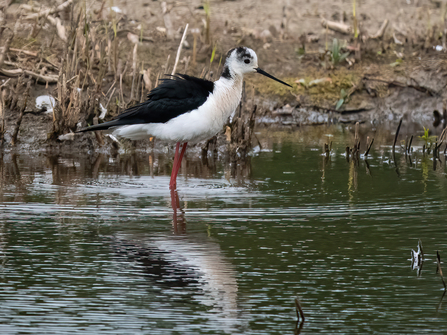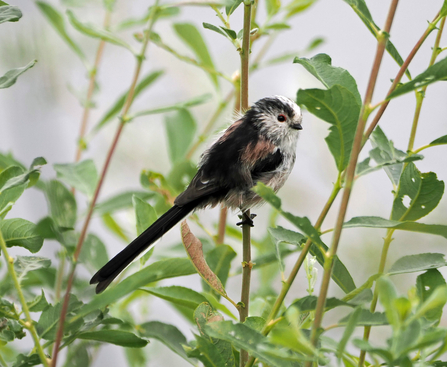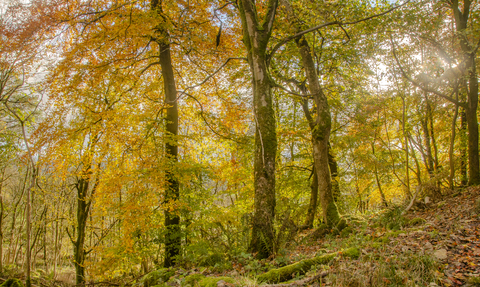It all began back in early spring, with birds competing to find mates, then building nests, laying and incubating eggs, and feeding chicks until they grew strong enough to fledge and fend for themselves.
A successful breeding season is crucial for maintaining healthy numbers of each species – but the whole process is fraught with dangers that mean many attempts end in failure. So how have Potteric Carr’s prospective parents fared?




